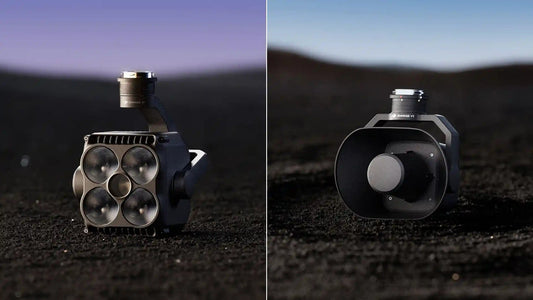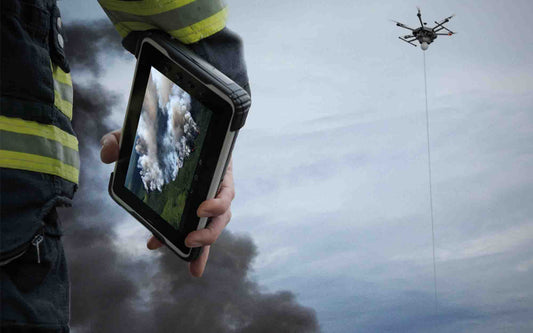
In recent years, the frequency and intensity of natural disasters have been on the rise globally, from deadly wildfires in Texas to hurricanes and floods in North Carolina. Against this backdrop,
StormPoint, a non-profit emergency response organization based in Tennessee, has brought about a revolutionary change in disaster rescue through the introduction of DJI enterprise drone technology.

Volunteer Team: The Backbone of Disaster Response
StormPoint's volunteer team consists of professionals with extensive backgrounds in public safety, all holding FAA Part 107 certifications. These volunteers are driven by a shared mission: to provide timely and effective assistance to communities in the face of disasters.
"We dedicate hundreds of hours to training and equipment preparation, all to make a difference in critical moments for those in need," said Russell Bradshaw, founder and executive director of StormPoint. His inspiration stems from years of service as a volunteer firefighter and in law enforcement, which gave him a profound understanding of community vulnerability in disasters and the potential of technology in rescue operations.
DJI Drone Technology: An Indispensable Tool in Rescue Operations
At every stage of disaster rescue, DJI drone technology plays a pivotal role. In the immediate aftermath of a disaster, when time is of the essence, drones equipped with thermal imaging drone payload become invaluable. Models like the DJI Mavic 3 Enterprise and Matrice 30, armed with this technology, enable rescuers to quickly detect human heat signatures amidst the chaos, even in darkness or adverse weather.
"During a mission to locate a missing autistic child in a thunderstorm, we deployed two drones with thermal imaging and found the child within 13 minutes, guiding rescuers to the exact location," Bradshaw recounted. This efficiency and precision not only enhance rescue success rates but also significantly reduce response time, offering trapped individuals a better chance of survival.
As rescue operations transition into the recovery phase, the application of drone technology evolves. Here, LiDAR drone mapping becomes crucial for damage assessment. By generating high-precision topographic maps, rescue teams gain a comprehensive understanding of the disaster-stricken areas, providing a scientific basis for subsequent recovery efforts.
The Future of Drone Technology in Disaster Rescue
The rapid advancement of drone technology is opening up new possibilities for disaster rescue. Drone delivery cargo boxes allow rescuers to swiftly transport supplies to remote or inaccessible areas, offering timely relief to communities trapped by disasters. Meanwhile, the growing market of custom drone payload manufacturers and drone payload integration services provides rescue organizations with more options to tailor drone systems to specific needs.
Moreover, AI-powered drone payloads are changing the game. Through automation and data analysis, these technologies empower rescue teams to make faster and more informed decisions, boosting rescue efficiency and success rates.
"The progress in drone technology not only elevates our rescue capabilities but also offers communities more comprehensive protection," Bradshaw stated. As technology continues to advance, the role of drones in disaster rescue will become increasingly significant, providing unprecedented support for saving lives and rebuilding communities.

 In recent years, the frequency and intensity of natural disasters have been on the rise globally, from deadly wildfires in Texas to hurricanes and floods in North Carolina. Against this backdrop, StormPoint, a non-profit emergency response organization based in Tennessee, has brought about a revolutionary change in disaster rescue through the introduction of DJI enterprise drone technology.
In recent years, the frequency and intensity of natural disasters have been on the rise globally, from deadly wildfires in Texas to hurricanes and floods in North Carolina. Against this backdrop, StormPoint, a non-profit emergency response organization based in Tennessee, has brought about a revolutionary change in disaster rescue through the introduction of DJI enterprise drone technology.



